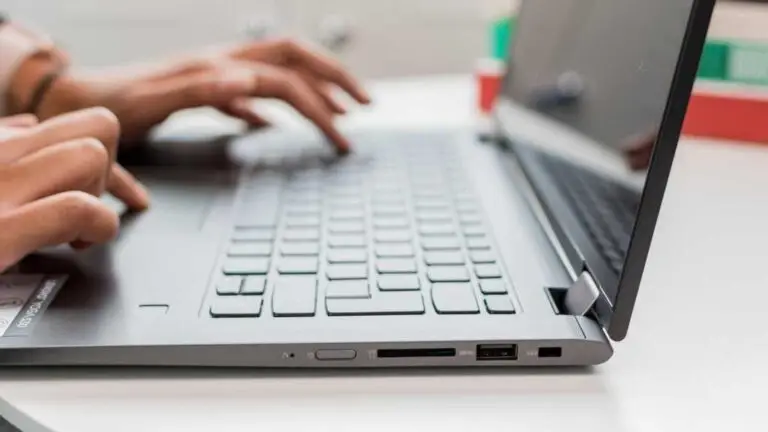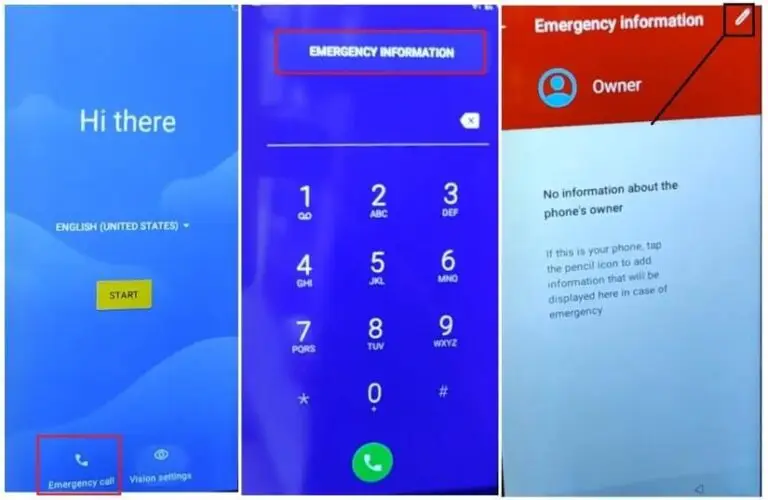
In today’s digital age, our smartphones are indispensable tools that keep us connected, organized, and entertained. Unfortunately, accidents happen, and a broken phone can leave us feeling helpless and frustrated. Whether it’s a cracked screen, water damage, or a malfunctioning battery, recovering your phone may be possible. Here’s a comprehensive guide on how to navigate the process of recovering a broken phone.

1. Assess the Damage
Before you can begin the recovery process, you need to evaluate the extent of the damage. Here are a few common issues to check for:
- Cracked or Shattered Screen: If the screen is visibly cracked but the device still powers on, you may be able to use it with caution. If the display is completely black or unresponsive, further action will be required.
- Water Damage: If your phone has been submerged in water, turn it off immediately if it hasn’t shut down already. Do not attempt to power it on while wet, as this can cause further damage.
- Battery Issues: If your phone won’t charge or turn on, the battery may be dead or faulty. Look for signs such as overheating or swelling.
- Software Glitches: Sometimes, the phone may appear broken due to software issues, which can usually be fixed through troubleshooting.
2. Try Basic Troubleshooting
For minor issues, basic troubleshooting might help:
- Restart the Device: Sometimes, simply restarting the phone can fix minor software glitches.
- Remove the Battery: If your phone has a removable battery, take it out, wait a few seconds, and then put it back in before turning the device on again.
- Check Cables and Chargers: Ensure that your charging cable and adapter are functioning properly by testing them with another device.
3. Addressing Specific Issues
For a Cracked Screen
If the screen is cracked but the phone is functional, consider these options:
- DIY Repair: If you’re handy, you can purchase a screen replacement kit online and follow tutorials to repair the screen yourself. However, be cautious, as this can void warranties.
- Professional Repair: If DIY is not your thing, take the phone to a reputable repair shop or the manufacturer for a professional screen replacement.
For Water Damage
Water damage is tricky, but immediate action can sometimes save your device:
- Turn Off the Device: If it’s still on, turn it off to prevent short circuits.
- Dry It Out: Remove the SIM card and any other removable parts. Place the phone in a container of uncooked rice or silica gel packets for at least 24-48 hours to absorb moisture.
- Seek Professional Help: If the phone doesn’t work after drying it out, it may require professional repairs to fix internal damage.
For Battery Issues
If you suspect battery problems:
- Replace the Battery: If you’re comfortable with it, replace the battery yourself. Otherwise, consult a professional.
- Charge the Phone: Leave it plugged in for a while. Sometimes, a completely drained battery needs some time to respond.
For Software Glitches
If you believe the issue is software-related:
- Safe Mode: Boot your phone in Safe Mode to see if third-party apps are causing issues. If the phone works fine in Safe Mode, an app may need to be uninstalled.
- Factory Reset: As a last resort, you can perform a factory reset. This will erase all data on your phone, so make sure to back up any important information first.
4. Back Up Your Data
If your phone is still operational, prioritize backing up your data. Use cloud services or transfer files to a computer to ensure that your important information is safe before proceeding with repairs.
5. Consider Replacement Options
If your phone is beyond repair or the cost of repair is too high, it might be time to consider a replacement. Evaluate your options based on your budget, needs, and preferences. Often, older models can be found at reduced prices, or you may want to explore trade-in programs for a discount on a new device.
6. Prevent Future Accidents
To minimize the risk of future accidents, consider investing in protective accessories:
- Screen Protectors: A tempered glass screen protector can prevent cracks from minor drops.
- Phone Cases: A robust case can provide additional protection against drops and impacts.
- Water-Resistant Devices: If you often find yourself near water, consider upgrading to a water-resistant model.
Conclusion
Recovering a broken phone can be a daunting task, but with the right approach, many issues can be resolved. Assess the damage, try basic troubleshooting, and explore repair or replacement options. By taking proactive measures, you can keep your device functional and avoid similar mishaps in the future. Remember, while a broken phone can be inconvenient, many recovery paths exist to help you get back on track.



